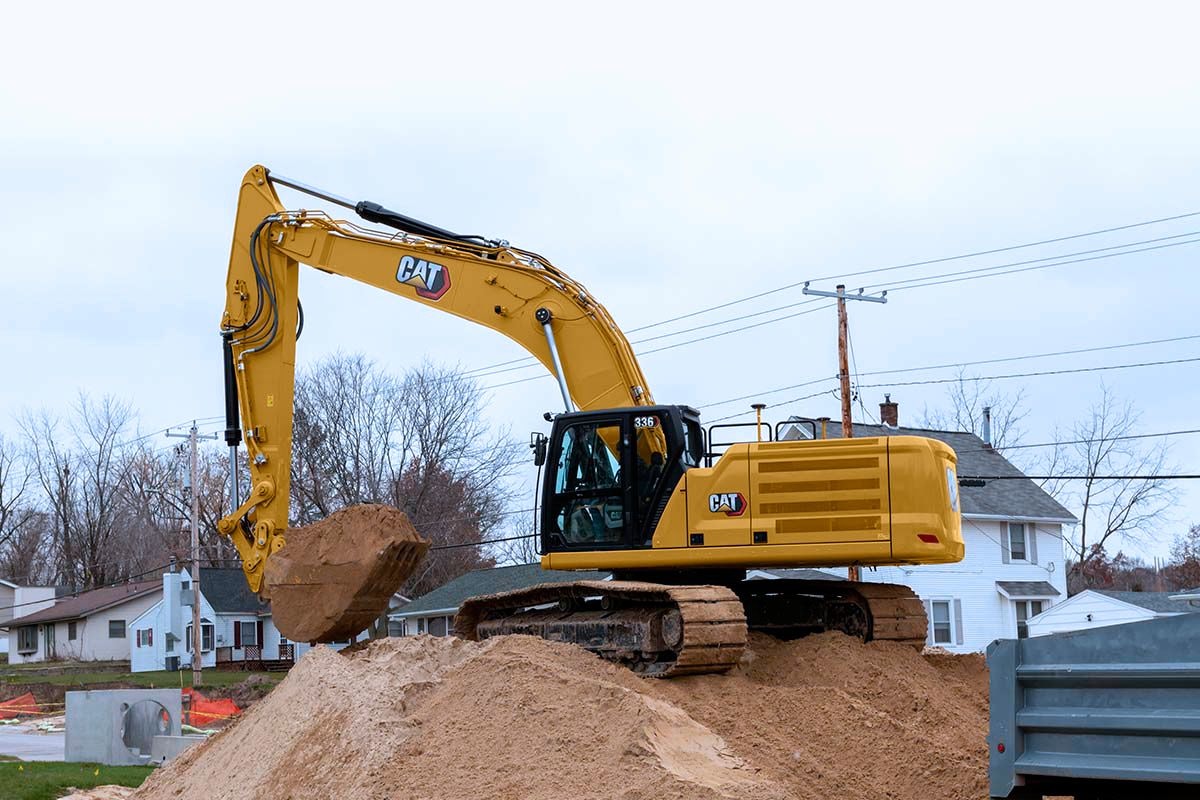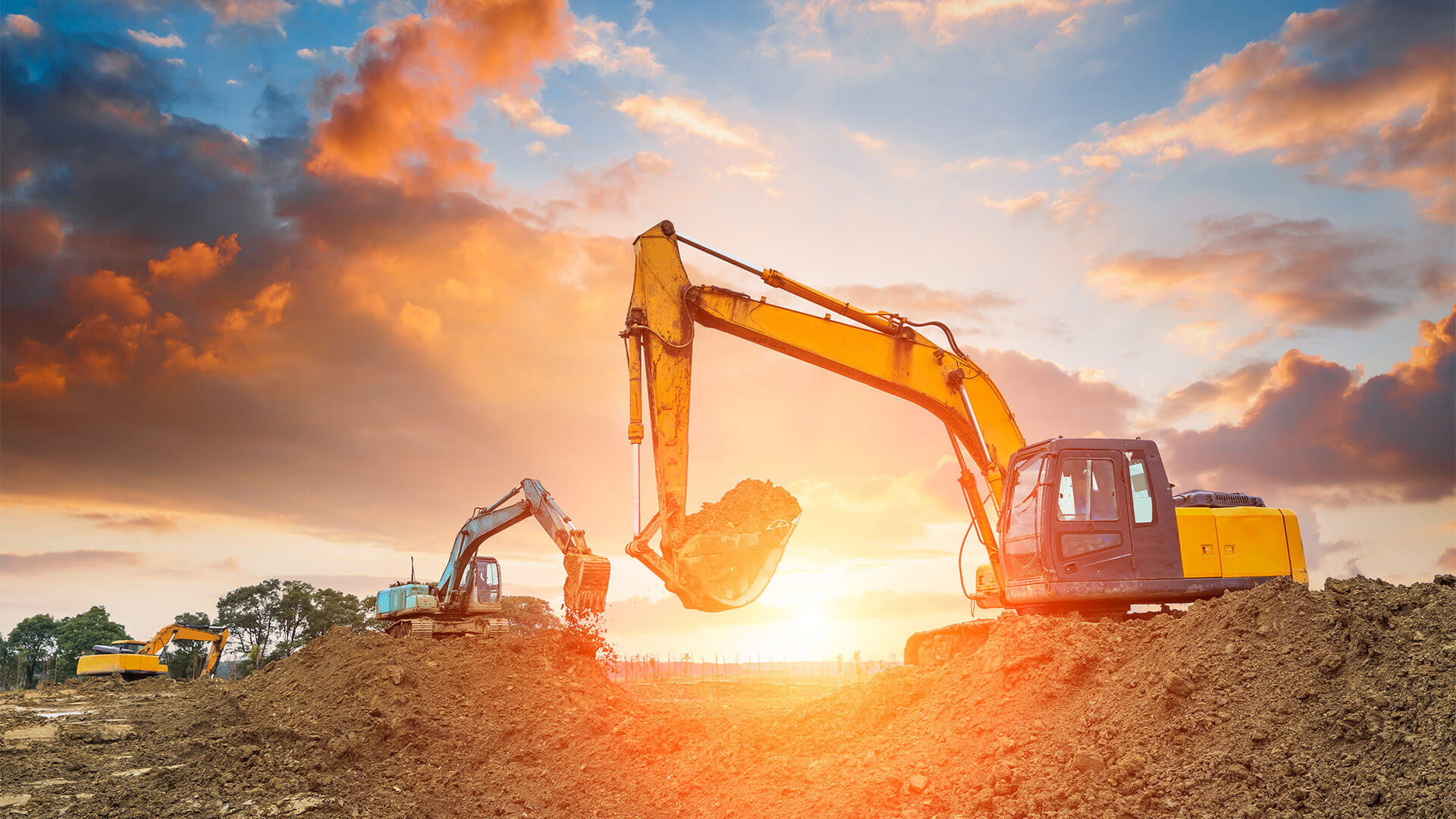Discover the Best Rental Company Near Me for Equipment
Discover the Best Rental Company Near Me for Equipment
Blog Article
Renting Vs. Purchasing Building And Construction Devices: Making the Right Selection for Your Project
When embarking on a building and construction job, one of the critical choices that project stakeholders and supervisors encounter is whether to buy or rent out construction devices. The choice pivots on various factors such as expense considerations, job period, equipment maintenance, danger, versatility, and scalability monitoring.
Expense Considerations
When reviewing the financial aspect of acquiring versus renting out construction devices, the in advance prices and long-term expenditures must be meticulously thought about. Renting out devices often requires lower initial repayments contrasted to acquiring, making it an attractive alternative for temporary tasks or contractors with budget plan constraints. Renting out eliminates the need for big resources outlays and minimizes the financial threat related to tools possession, such as maintenance and depreciation costs. However, in the lengthy run, continuously renting tools can collect higher prices than purchasing, specifically for prolonged projects.
On the other hand, buying building tools includes greater in advance costs but can result in long-lasting cost savings, specifically for long-term tasks or regular users. Eventually, the decision between renting and getting construction equipment pivots on the project's period, frequency of use, budget considerations, and lasting economic objectives.
Task Period

Conversely, for lasting projects or continuous building work, getting tools can be the a lot more economical alternative. Acquiring tools can bring about cost savings over time, particularly if the devices will be frequently utilized. In addition, possessing equipment provides a feeling of control over its schedule and enables personalization to fit particular project needs.

Tools Maintenance
Offered the vital role project period plays in figuring out the most affordable strategy between renting out and buying construction devices, the emphasis currently moves in the direction of analyzing the crucial aspect of devices upkeep. Proper maintenance is vital for guaranteeing the ideal efficiency and durability of building devices. Renting out devices typically features the advantage of having actually properly maintained machinery given by the rental firm. This can alleviate the burden of maintenance jobs from the job proprietor or service provider, conserving effort and time. On the various other hand, possessing tools calls for a proactive technique to upkeep to stop breakdowns, guarantee safety, and expand the equipment's life expectancy. Routine examinations, maintenance, and timely repair services are required to keep owned tools in leading working problem. Element in upkeep costs when determining in between renting and getting, as neglecting upkeep can result in costly fixings, downtime, and task delays. Eventually, a properly maintained building devices fleet, whether rented or had, is important for the successful and reliable conclusion of building projects.
Adaptability and Scalability
In the realm of building tools administration, the facet of versatility and scalability holds significant value for project performance and resource usage. Choosing to lease construction tools supplies a high degree of adaptability as it permits the quick modification of tools types and quantities based upon the evolving requirements of a project. Renting makes it possible for professionals to access a wide variety of specific tools that might be required for details jobs without the long-term dedication of ownership. This useful content flexibility is especially helpful for jobs with varying demands or unpredictable periods (scissor lift rental).
In addition, scalability, another essential element, is inherently connected to versatility. Leasing building and construction devices uses the benefit of easily scaling operations up or down as project demands vary. Contractors can promptly trade or include tools to match the project's altering Get More Info demands without the restraints of owning assets that might end up being underutilized or obsolete. This capability to scale resources efficiently can result in expense savings and improved task timelines, making leasing a positive alternative for tasks needing adaptability and responsive resource allocation.
Threat Administration
Effective risk management in construction devices operations is vital to making sure project success and mitigating prospective economic losses. Construction jobs inherently entail numerous threats, such as tools malfunctions, crashes, and job hold-ups, which can considerably impact the project timeline and budget. By thoroughly considering the threats connected with owning or renting out building equipment, project managers can make educated decisions to lessen these prospective dangers.
Renting building devices can use a level of risk mitigation by transferring the duty of upkeep and repair work to the rental company. This can reduce the monetary problem on the job proprietor in situation of unanticipated tools failures (boom lift rental). Additionally, renting gives the flexibility to access customized devices for specific job stages, decreasing the danger of having underutilized machinery
On the other hand, owning building and construction tools offers a feeling of control over its usage and upkeep. Nevertheless, this likewise implies bearing the full obligation for repairs, upkeep costs, and depreciation, boosting the financial risks connected with devices ownership. Mindful threat assessment and factor to consider of factors such as task duration, tools usage, and upkeep requirements are essential in figuring out one of the most ideal choice for reliable danger administration in construction jobs.
Conclusion
To conclude, when making a decision between renting and purchasing building tools, it is very important to think about cost, project duration, equipment upkeep, scalability, adaptability, and risk monitoring. Each element plays a vital role in determining one of the most ideal choice for the project at hand. By very carefully examining these elements, task supervisors can make an educated decision that aligns with their budget, timeline, and total project read review objectives.

Report this page